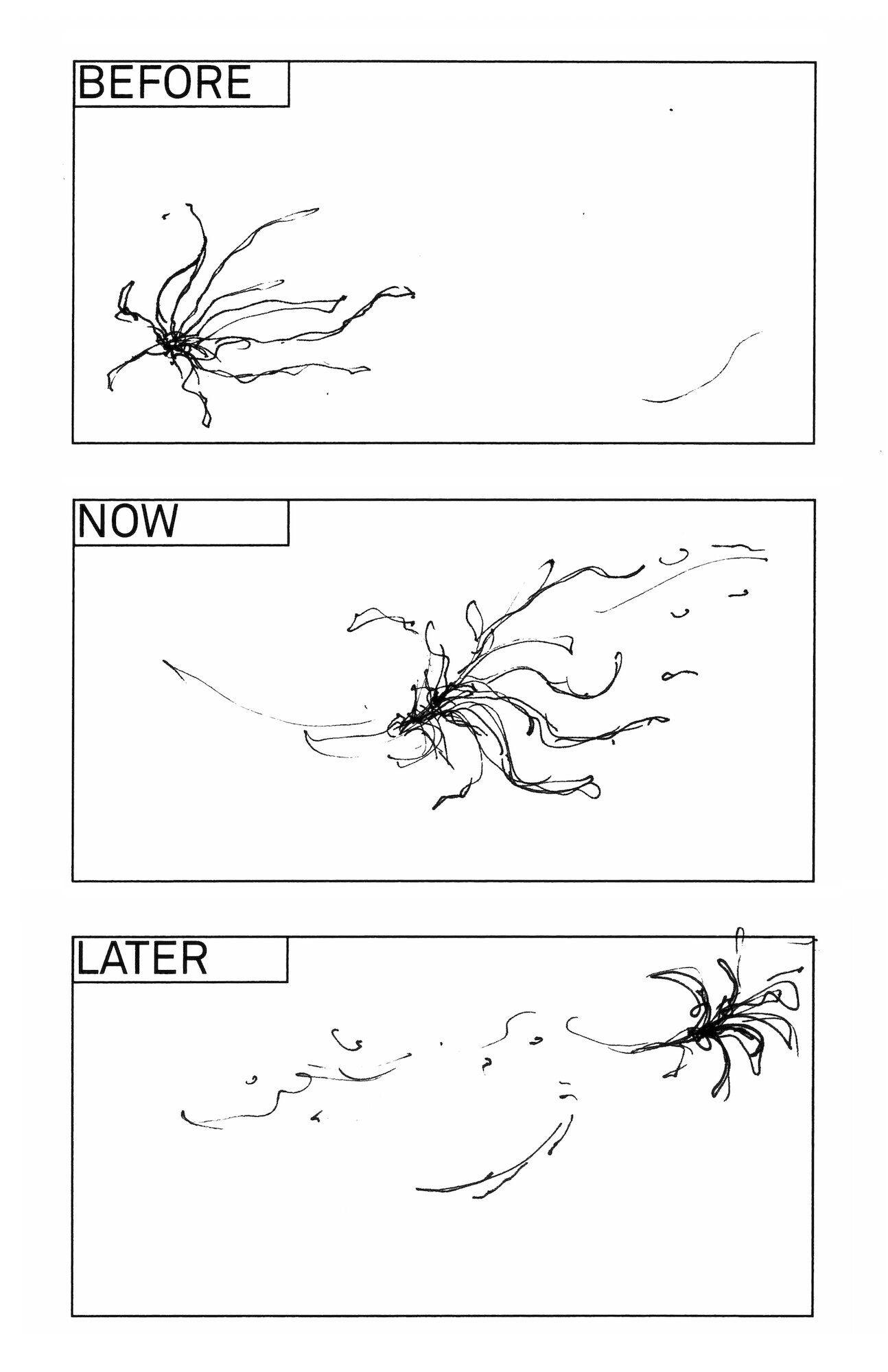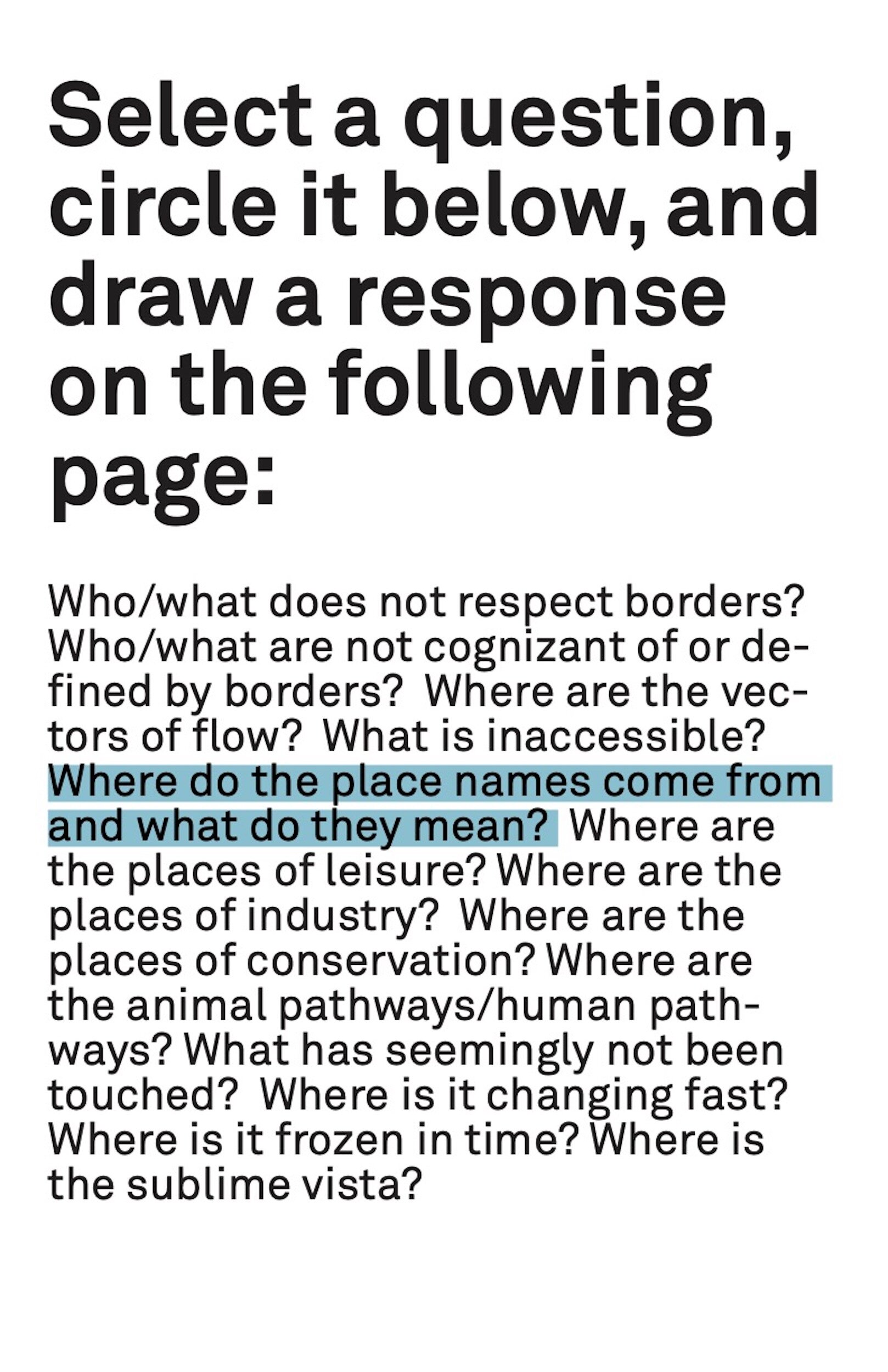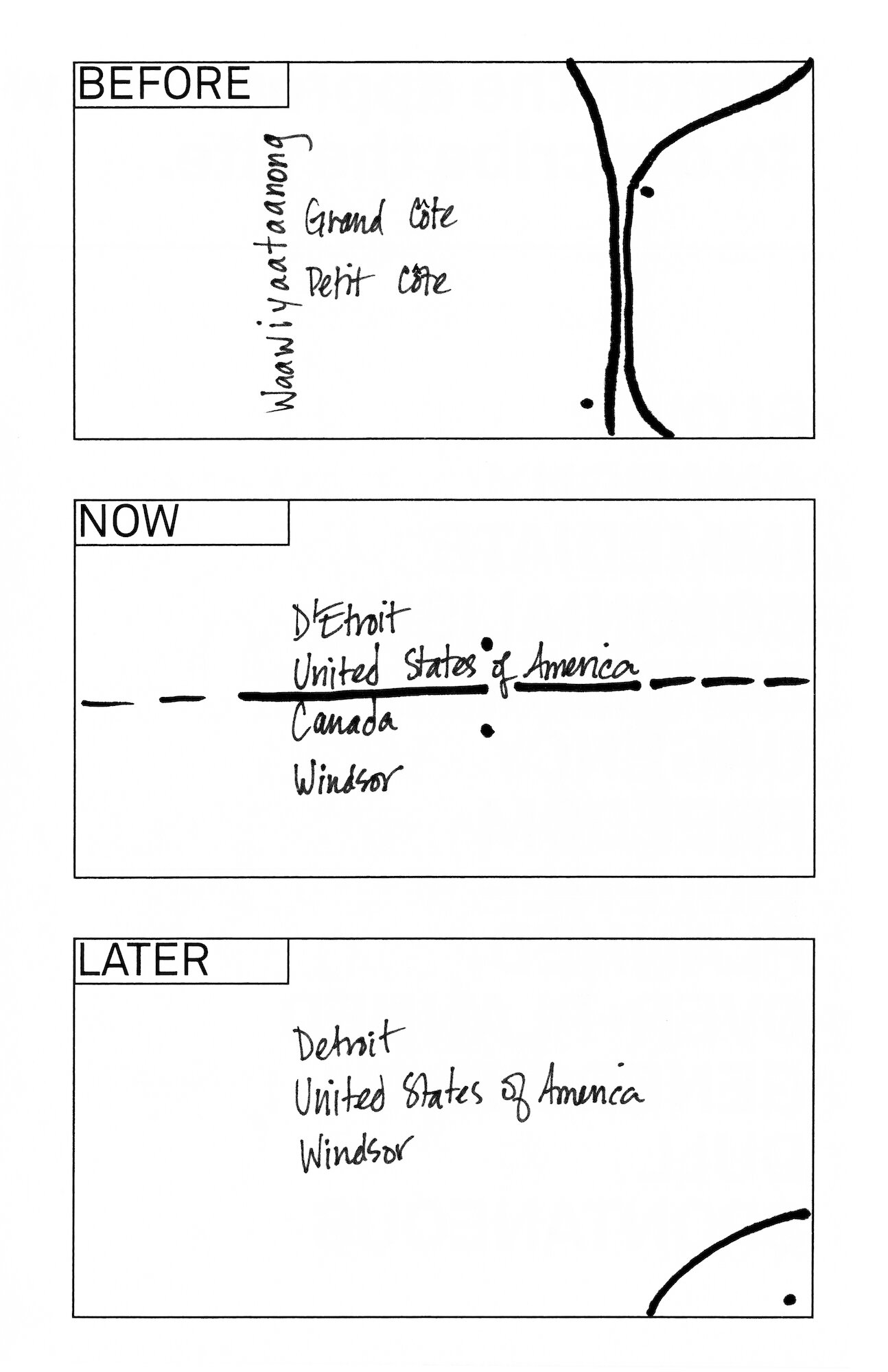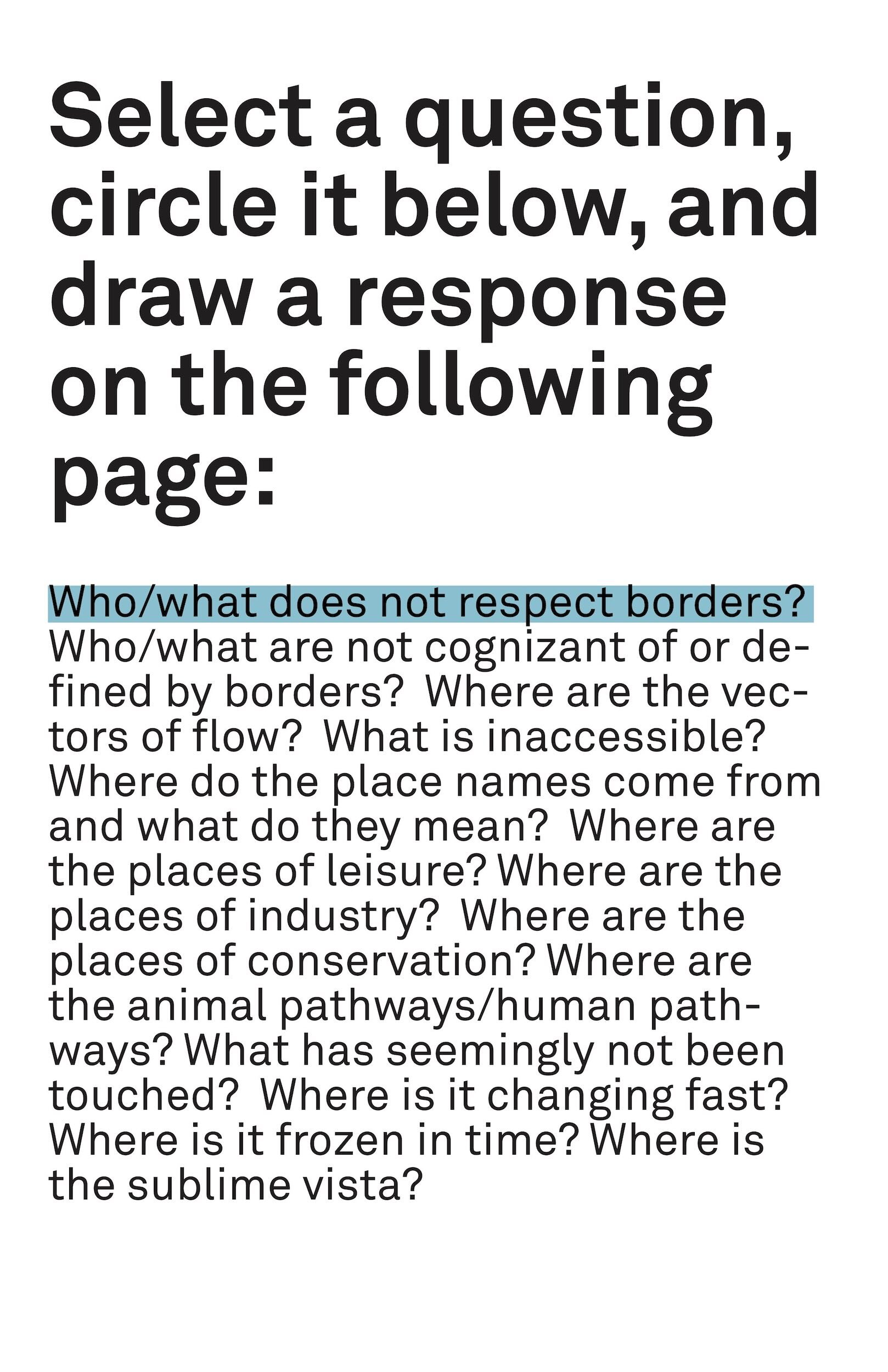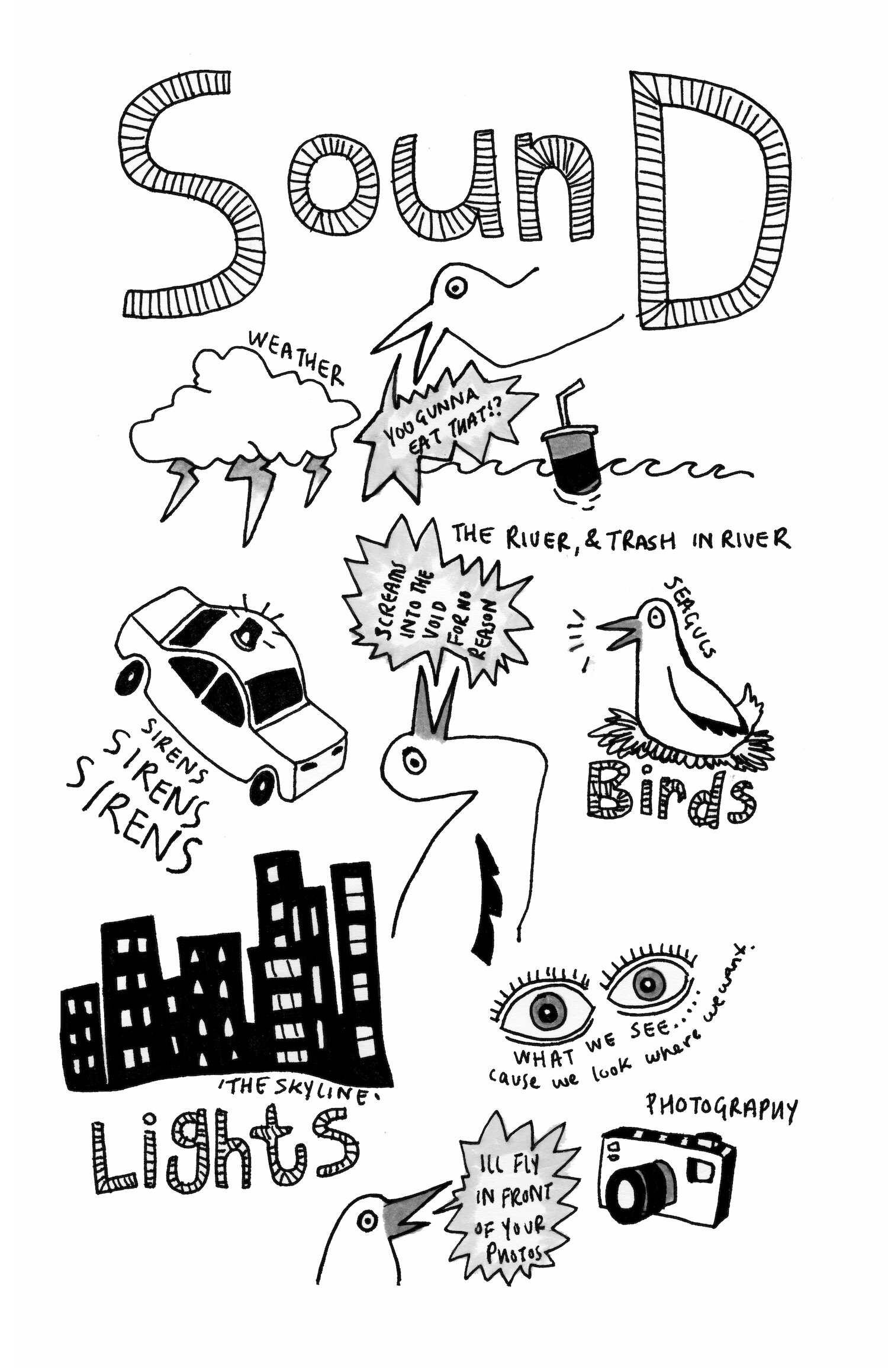The Living River Project: Art, Water and Possible Worlds
Art Gallery of Windsor, October 20, 2018 - January 20, 2019
Curated by Patrick Mahon and Stuart Reid
The combined maps from the workshop and documentation were edited into two short films that were exhibited as a split projection at the Art Gallery of Windsor. Our installation was part of a large group exhibition “The Living River Project: Art, Water and Possible Worlds” that ran from October 20, 2019 - January 20, 2019. We were honored to be included in this thoughtful, engaging, and beautiful exhibition, curated by Patrick Mahon and Stuart Reid. The Living River Project builds on previous iterations of the exhibition to consider the cultural, historical, and environmental significance of water issues in the Windsor-Detroit corridor. The Detroit River, which connects Lake St. Clair with Lake Erie is one of the world’s busiest waterways and border crossing points and has the distinction of having dual heritage designation from Canada and America. This was the first exhibition of its kind in the region: please see https://www.agw.ca/exhibition/478 for the downloadable publication that documents this important curated exhibition.
the river is turquoise not blue
A 3-minute film of our three walks with contributions from all participants, by Taien Ng-Chan and Lee Rodney edited by Imogen Clendinning
Text and commentary from participants’ workbooks along with contributed photographic and videographic documentation of our walks, were exhibited on a small split-screen projection, with the Canadian and American sides divided.
“Water often defines the boundaries between nations and peoples, including in the Windsor-Detroit region, but in the greater scheme of things, it also erases differences. The Living River Project examines and contemplates water in context of the region in which the Detroit River is situated, as well as viewing it from a nationless, borderless perspective. That orientation is one that is ultimately more attentive to our common humanity, including in relation the “more-than-human” – the “others” that share planet Earth with us.”
Patrick Mahon and Stuart Reid, from The Living River Project: Art, Water and Possible Worlds





